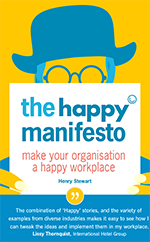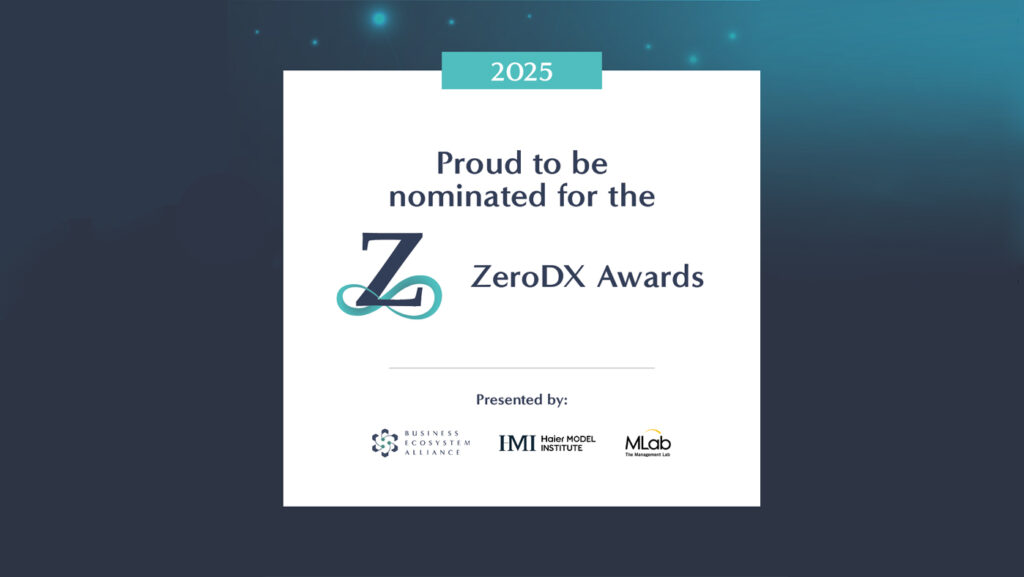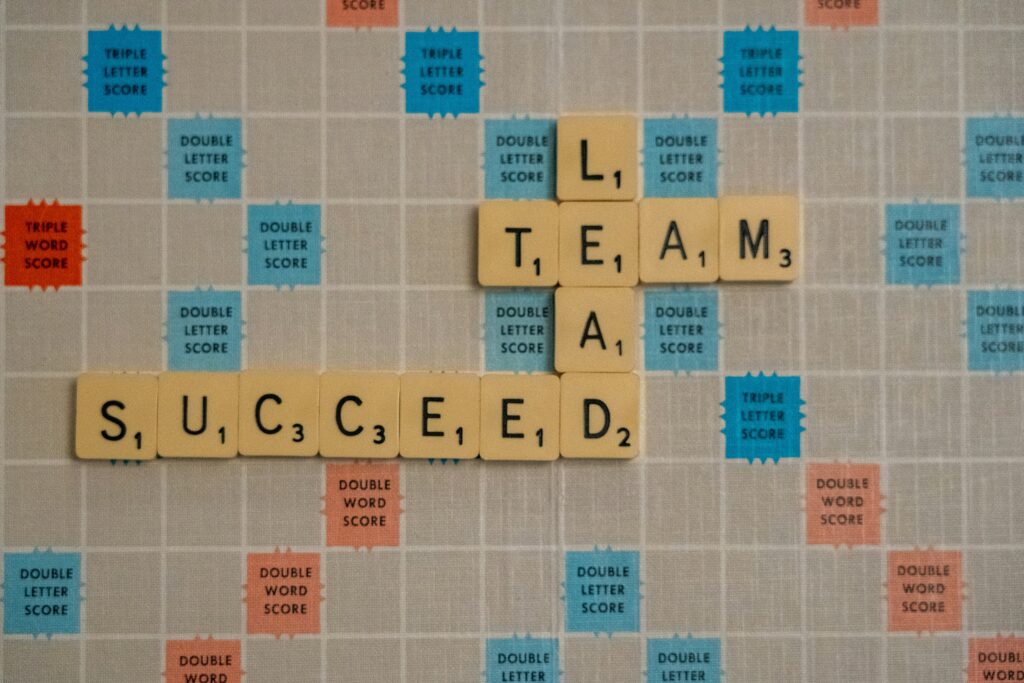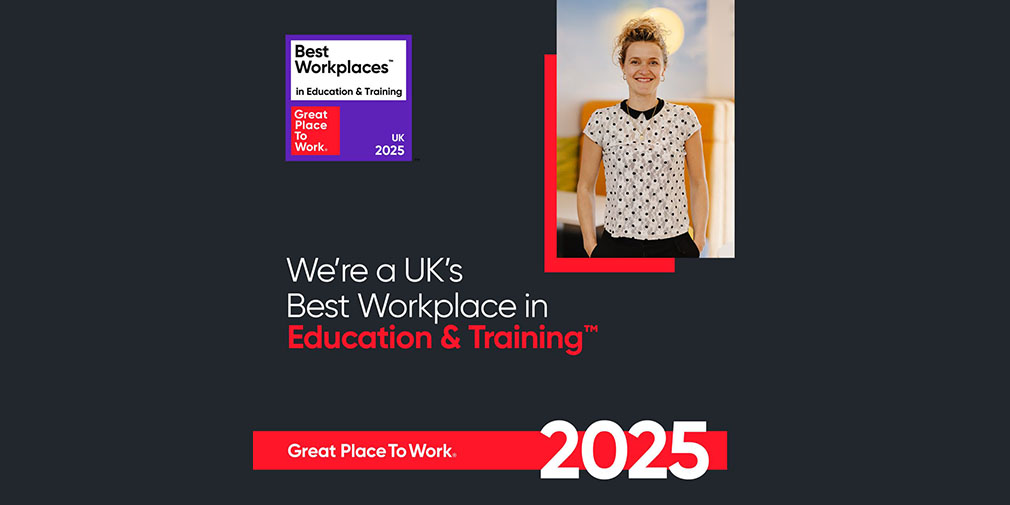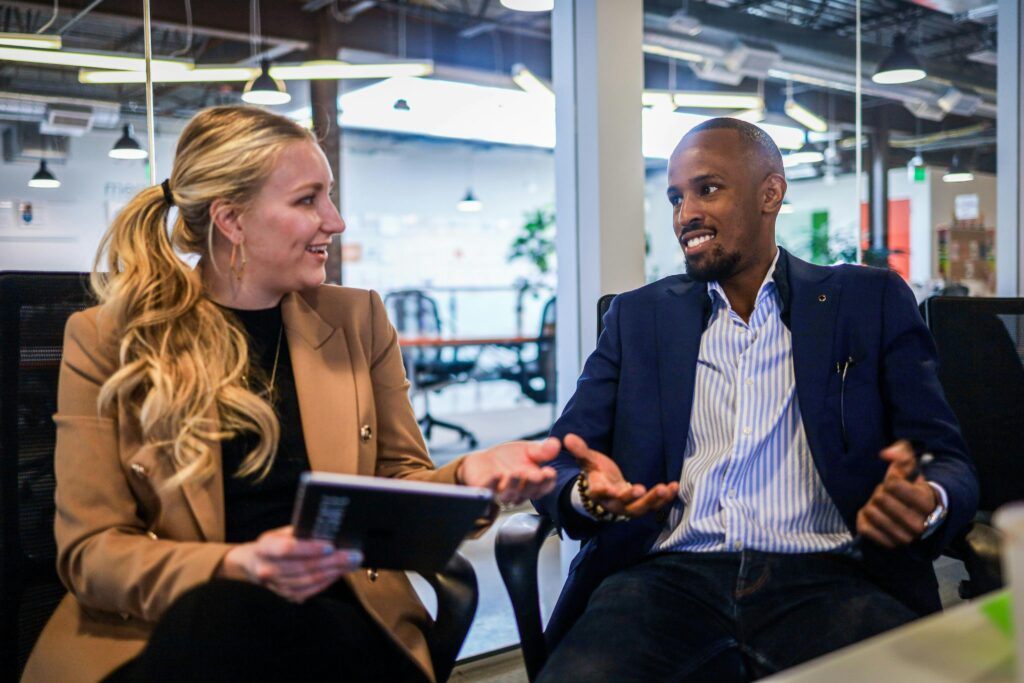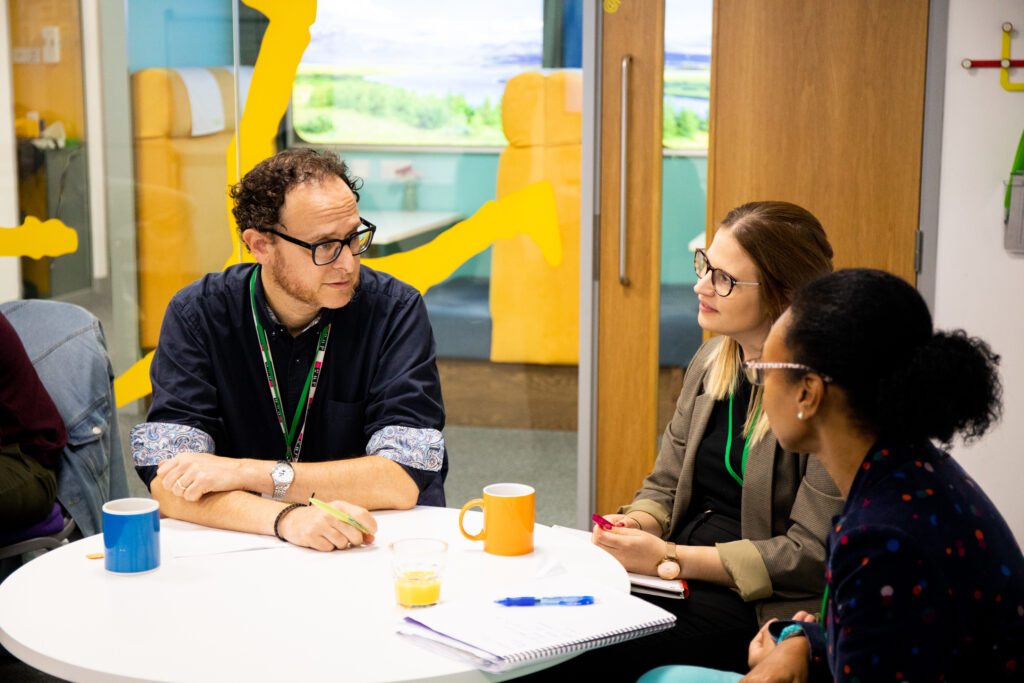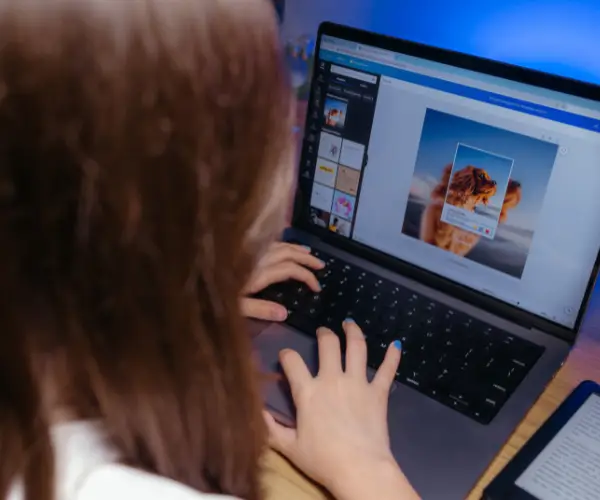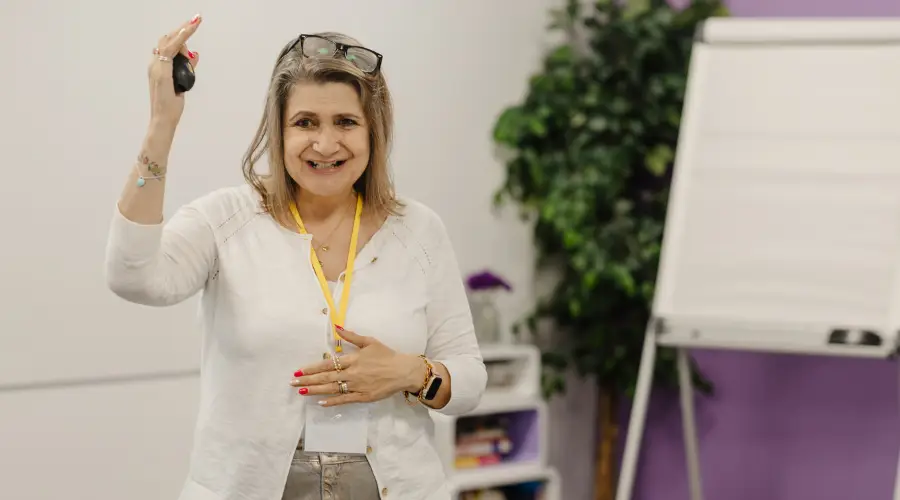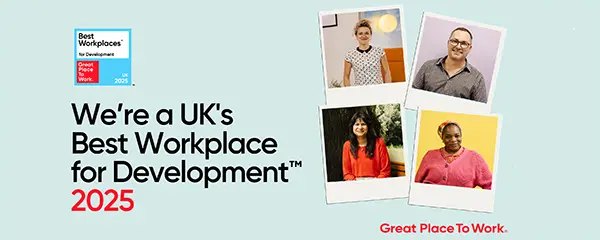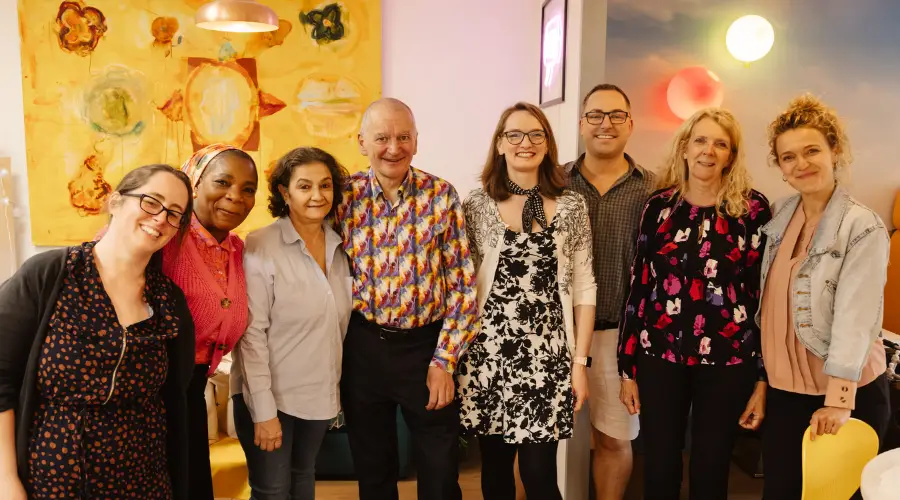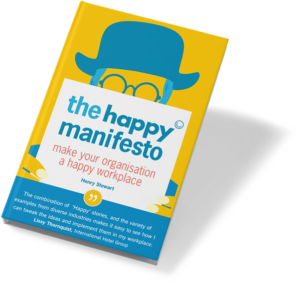When I was six, my older brother told me he had figured out how to drive a car. He was eight. I believed him. And who knows? If his legs had been longer, he could, perhaps, have stolen the family car keys and taken off for Manchester. As it was, when the time came, he still had to take the usual number of driving lessons.
How do we learn? It is a question that is of particular interest for anyone working as a facilitator or trainer. The reason my brother believed that he could drive a car was that he had been watching my mother and father do it, and live demonstration is one of the ways in which we pick up information. Social learning theory suggests that this is exactly what we are doing as we grow up: copying the behaviour we observe from our carers, teachers and friends. But, for a skill as technical as driving it doesn’t seem to be enough. Also, I suspect we have all had the experience of having a friend demonstrating how to get a wheel off a bike and fix a puncture, and by the end we are none the wiser.
In the 1960s, the National Training Laboratories in Bethel, Maine carried out research to find out what it is that enables people to retain information (or learn) in the training environment. The results are reproduced below:

Depiction of what enables people to learn!
Live demonstration comes in at 30%, which feels about right. I can watch cookery programme after cookery programme and have the sense that I have learnt something, yet still not be sure what to do when I come to try it out. As for Strictly Come Dancing, forget about it!
Experience then Explanation
The least efficient appears to be lectures. Generally, I think this is true. I tend to notice people’s eyes glazing over after about 15 seconds, but that may just be me. What seems to be important, if that is your sole option, is to engage interest by using illustrative stories and supporting facts.
At the other end, if we set aside teaching or mentoring others – which can be very useful if you have a highly experienced participant or group – is real life or experiential learning. At Happy, we have a phrase: ‘Experience then Explanation.’ Get people to try something out, then draw out the learning points.
A few years ago, I was trying to explain the benefits of repeating back the key points made by the person you’re negotiating with. I was hit by a barrage of questions and objections: ‘I’d sound stupid,’ ‘I’d sound like a parrot,’ ‘What’s the point?’ Instead of answering them, I got them into pairs to experience what would happen if, after speaking about something that had annoyed them, the other person repeated back the key points in, as close as possible, their words. I then posed two questions: ‘What did it feel like when they got it right?’ and ‘How did you spot the key points?’ All of the objections fell away. They got it. Instead of a combative discussion in which we argue the point, experience showed them what happened.
Similarly, I could talk to you for half-an-hour about what mindfulness is, but what if you just tried a five-minute exercise in which you experienced it? Then, we could have a real conversation.
A caveat to the NTL research is that it is probably better understood as a continuum. The less you know about a subject, the more likely you will respond to direct teaching method; the more you know, the more you will appreciate participatory methods. But having said that, if you come on one of our Excel courses for beginners, after a brief explanation you will be straight into practical exercises to try it out. We think that’s the best way to learn.
So, what about learning to drive? My memory is that it was a very short time from the first hellos to when my instructor was saying, ‘Now, release the handbrake, depress the clutch and put it into gear,’ and the car was starting to move.
Related blogs:
- Social and Collective Learning: Can it Really be Created?, a blog by Joseph Grech
- The 1 Question That Gets Results in Learning, a blog by Lucy Blake
- 5 Top Tips to be a Great IT Trainer, a blog by Claire Lickman
